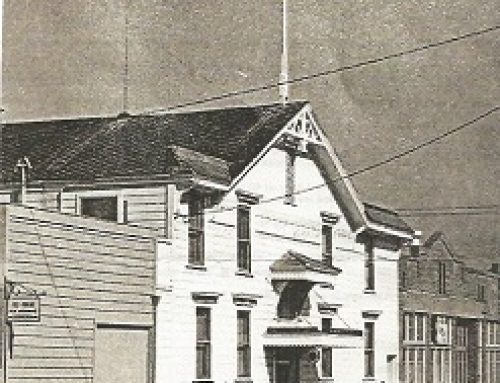Now that the various 2012 celebrations connected to our nation’s July 4th anniversary have subsided in the Petaluma of today, some citizens might wonder what was going on locally in 1776 while the colonists were ringing bells in Philadelphia?” (In order to preserve the accuracy of the information posted in my blogs, I consulted Adair Heig’s book, History of Petaluma – A California River Town, published in1982. Reproduced, below, are selected paragraphs that describe Petaluma Valley in earlier times.)
Through hundreds of generations they lived in such harmony with nature that their culture left almost no trace on the surface of the land. Their descendants, the last aboriginal people to live in the valley, were the Petalumas, a tribe of the gentle Coast Miwok people. Their village, or racheria, was on a low hill east of Petaluma Creek about three and a half miles northeast of the present town.
The first Europeans to intrude upon this peaceful scene was a Spaniard, Captain Fernando Quiros. He had come in a ship’s boat to explore the waters of the bay while other members of his expedition molded the adobe bricks and cut timber for the new presidio ay San Francisco and for the Mission San Francisco de Asis (Mission Delores).
In October, 1776, Quiros and his men sailed across the “Round Bay,” as San Pablo Bay was known, and followed the snaking curves of the Petaluma Creek for a day and a night to see if this waterway would lead them to Bodega Bay, discovered the year before. A quick climb through the tules to scan the low hills convinced Quiros that hew had arrived at a dead end, and he returned the way he had come, noting the area in his diary as Punta de los Esteros – Point of the Creeks.
The natives were left in in peace after Quiros’s brief appearance, but not for long. By 1805 Spanish soldiers had begun to visit villages as far north as Santa Rosa, in order to collect converts for the missions.
Its obvious, that events in the East were not impacting this area that was under Spanish and Mexican rule until the “coming of the Yankees” and the “Bear Flag Rebellion” in the 1800s.
BTW, 50 members of the Second Continental Congress did not actually sign the Declaration of Independence until August 2, 1776

